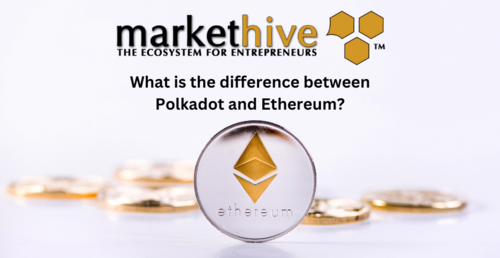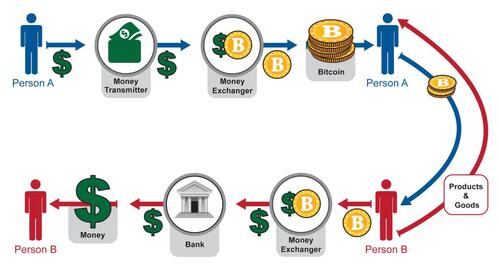

Polkadot claims to be the first “fully-sharded, production-grade” blockchain solution, meaning that it consists of many blockchains called parachains, or shards, that run in parallel. Ethereum, on the other hand, processes all activities on one blockchain. It’s the key difference between the two networks that has an impact on many other blockchain characteristics.
Let’s delve further into the key differences between Polkadot and Ethereum.

Polkadot is designed with scalability in mind. Its structure, which involves multiple blockchains running in parallel, allows Polkadot to potentially achieve high TPS by spreading the load across multiple parachains. While precise TPS figures may vary, Polkadot’s architecture aims to provide a scalable platform for various decentralised applications.
Polkadot says each parachain can process roughly 1000 TPS, and if there are more than 100 parachains running in parallel, that number is pushed to 100,000 TPS.
This type of multi-chain setup on Polkadot is in the Ethereum roadmap for future upgrades but the Ethereum blockchain in its current state can handle roughly 10-30 TPS. Ethereum claims it will be able to process 100,000 TPS when it rolls out sharding (multiple blockchains).

Polkadot uses a consensus mechanism called Nominated Proof-of-Stake (NPoS). NPoS combines elements of POS and something called delegated POS. Investors in DOT, the native crypto of Polkadot, can nominate validators to secure the network, and those validators are incentivised to act in the best interest of the ecosystem. This mechanism aims to enhance security and scalability while maintaining decentralisation.
Ethereum uses Proof-of-Stake (POS) to reach consensus. With POS, validators directly stake a certain amount of cryptocurrency to qualify as a validator, whereas validators in a NPoS have to go through a nomination process before they can participate in staking.

Users that want to build on Polkadot first have to go through a voting process before they are given access to the ecosystem. Ethereum operates on a permissionless approach where anyone that wants to build a decentralised application on Ethereum can do so without any processes involved.
The number of validators that confirm transactions is also an indication of how decentralised a protocol is. Polkadot’s goal is to have 1,000 validators and according to the latest data on its website there are currently around 297 validators, as of September 2023. Ethereum currently has almost a million validators, also known as stakers, securing the blockchain.

DOT is the native token and holders can participate in network governance, including decisions about adding or removing parachains, and decisions about protocol upgrades.
Ethereum uses Ether (ETH) as its native cryptocurrency. ETH has multiple use cases, including gas fees for transaction processing and smart contract execution.
There is no limit to how many DOT can be created, and the same goes for Ether, but Ethereum did implement an upgrade which burns a portion of fees paid to validators. When there’s a lot of activity on Ethereum, more Ether is sometimes burned than created, which could give it a scarce appeal in future.
It’s important to recognise that Polkadot and Ethereum are built for different primary functions. Polkadot focuses on creating an interoperable and scalable network that can connect various blockchains, while Ethereum aims to be a global, decentralised platform for creating and executing smart contracts and decentralised applications.
Cryptocurrency is for everyone
NB >>To invest in crypto,click >> HERE
NB >> Join Markethive - a Huge Community of Crypto Entrepreneurs
The First Market Network Built on Blockchain click >> HERE
.png)
About: Andries vanTonder
Over 40 years selfemployed
He is a Serial Entrepreneur, an Enthusiastic supporter of Blockchain Technology and a Cryptocurrency Investor
Find me at my Markethive Profile Page | My Twitter Account | My Instagram Acount | and my Facebook Profile.
